Installing a bathtub shower faucet isn't as simple as you may think. You choose your faucet, gather your tools, and get to work. However, it's quite easy to make expensive mistakes if you're not careful with the installation. Whether it's the wrong measurements or improper plumbing connections, one mistake can lead to water damage, leaks, or even a complete do-over. Don't worry-we have your back!
- Introduction
- Common Mistakes to Avoid
- Tips for a Smooth Installation
- Recommendations on Faucets and Tools
This guide will walk you through the most common bathtub faucet installation mistakes, how to avoid them, and the best solutions to get your project done right the first time. Let's ensure your faucet not only looks great but functions brilliantly for years to come.
Common Bathtub Shower Faucet Installation Mistakes to Avoid
1. Incorrect Measurements
The Mistake
Among the most common mistakes homeowners make is miscalculating measurements. Neglecting these detailed measurements can cause a faucet to not be properly fitted, thus frustrating you with gaping holes or an unsightly, uneven look.
Solution:
· Use a measuring tape to determine the exact dimensions of your existing bathtub, plumbing fixtures, and the area where the faucet will be installed.
· Double-check your measurements before purchasing your faucet.
· Review the manufacturer's specifications to ensure your selected faucet fits perfectly.
Pro Tip: Always measure twice! It's better to double-check an extra 10 minutes than waste money on a faucet that doesn't work.
2. Improper Plumbing Connections
The Mistake
Rushing the plumbing connections or failing to follow standard protocols will almost always lead to leaks and malfunctions.
Solution:
· Turn off the water supply before starting installation to avoid accidental flooding.
· Use the correct fittings and tools as indicated in the faucet installation manual.
· Seal all connections with waterproof thread seal tape (commonly referred to as PTFE tape) to prevent leaks.
Consult a licensed plumber for guidance if you're unsure about plumbing connections. A small upfront investment can save you a significant headache (and a lot of money) later!
3. Ignoring Floor Support Requirements
The Mistake
Some bathtubs and shower setups require added floor support to handle the unit's weight and water. Skipping this critical step can cause long-term structural damage.
Solution:
· Check the bathtub's weight capacity and compare it with your bathroom floor's load-supporting ability.
· If you're installing a heavier tub and faucet combination, consider reinforcing the subfloor with extra bracing or support beams.
Pro Tip: Consult with contractors or structural specialists if you're unsure whether your floor can handle the load.
4. Poor Sealing and Waterproofing
The Mistake
Unsealed spaces around your bathtub faucet can allow water to seep through, leading to mould buildup, water stains, and structural damage.
Solution:
· Use a high-quality waterproof silicone or caulk to seal the area around the faucet and other joints.
· Ensure all gaps between the bathtub, faucet, and tiles are filled for a watertight seal.
· Allow the sealant to dry for the recommended time before running water.
Waterproofing is one step you don't want to rush. A small oversight can lead to significant issues l
5. Skipping the Leveling Process
The Mistake
Installing the bathtub and faucet without leveling them properly can result in water pooling in certain areas or uneven wear over time.
Solution:
· Use a spirit level (also called a bubble level) to check that the bathtub and faucet are level before securing them.
· If uneven, adjust the base using shims or adjustable legs (if provided).
Proper leveling not only improves the appearance of your setup but also ensures better functionality and longevity.
6. Installing the Shower Set Too Low
The Mistake
Positioning the showerhead or faucet too low compromises usability and aesthetic value. It can result in discomfort for taller individuals and a less-than-ideal shower experience overall.
Solution:
· Measure the height of all users in the household and install the showerhead at a comfortable height that accommodates everyone. Typically, a showerhead should be positioned 6.5–7 feet from the ground.
· Follow the standard guidelines for faucet and diverter positions to ensure proper functionality.
7. Using or Covering Existing Holes
The Mistake
Using existing holes in your bathtub or wall for the new faucet isn’t always the best move. Misaligned or poorly placed existing holes can lead to leaks and aesthetic problems.
Solution:
· Patch up old holes with the correct materials and tools instead of reusing them.
· Drill new, correctly positioned holes for your faucet installation following manufacturer guidelines.
Patch kits and sealants are your best friend here! Don’t sacrifice quality for convenience.
8. Reversing Hot and Cold Water Inlets
The Mistake
Mistakenly reversing the hot and cold water supply lines is a common installation error. This can confuse users and make using the faucet an inconvenience.
Solution:
· Clearly label your hot and cold supply lines before starting installation.
· Test the lines before finalizing the faucet setup to ensure the water flow is correct.
If your inlets are already reversed after installation, you may need to disassemble the connections to fix the issue. Always take precautions to label and double-check!
9. Over-Tightening Connections
The Mistake
While it might be obvious to lock connections as tight as possible in the absence of leaks, overtightening damages fittings or cracks in faucet parts, causing leaks or the requirement for replacement parts.
Solution:
· Tighten connections firmly, but avoid using excessive force. Most connections only need to be hand-tightened with a slight additional turn using a wrench or pliers.
· Follow the manufacturer's torque recommendations, if provided, to avoid over-tightening.
Pro Tip: Adjustable tools with a non-slip grip can help you maintain control and apply the right amount of pressure.
10. Failing to Check for Leaks
The Mistake
Skipping the post-installation inspection for leaks can mean that unnoticed problems will cause water damage over time. Even the tiniest leak can grow into a big problem if ignored.
Solution:
· After completing the installation, slowly turn on the water supply and carefully inspect all connections for any signs of leaks.
· Test the hot and cold water lines to ensure everything is functioning correctly.
· Turn off the water supply and carefully reseal or tighten the connections if you notice any leaks.
Pro Tip: Keep a flashlight handy to thoroughly check all hard-to-see areas for moisture.
11. Not Following Manufacturer Instructions
The Mistake
Ignoring or improvising on the manufacturer's installation instructions can lead to a problematic setup or void the faucet's warranty. Each faucet model can have unique requirements that need to be followed precisely for proper installation.
Solution:
· Please read the instruction manual thoroughly before installing it to understand all the necessary steps and specifications.
· Keep the manual within reach during the installation so you can reference it as needed.
· Watch online tutorials or guides specific to your faucet model if additional clarity is required.
Following the instructions ensures the installation is done correctly and aligns with the manufacturer's design intentions.
12. Neglecting Routine Maintenance
The Mistake
After a successful installation, it's easy to forget about maintenance. However, neglecting routine care can lead to mineral buildup, decreased water flow, and the need for premature repairs or replacements.
Solution:
· Clean the faucet and showerhead regularly to remove any limescale or mineral deposits that can clog the water flow.
· Check for loose connections or wear and tear every few months, addressing any issues promptly.
· If your plumbing is exposed to hard water, consider installing a water softener, which can significantly extend the life of your faucet.
Routine maintenance helps preserve the long-term functionality of your faucet and ensures a consistently pleasant shower experience.

Installing a bathtub shower faucet doesn’t have to be a frustrating experience. By avoiding these common mistakes—such as skipping measurements, ignoring floor support, or mishandling plumbing connections—you’ll ensure a seamless and long-lasting installation.
For an even smoother experience, consider investing in high-quality faucets and tools like the Wellfor Bathtub Shower Faucet (product link). Specifically designed for easy installation and enhanced durability, it’s an excellent choice for DIYers and professionals alike.

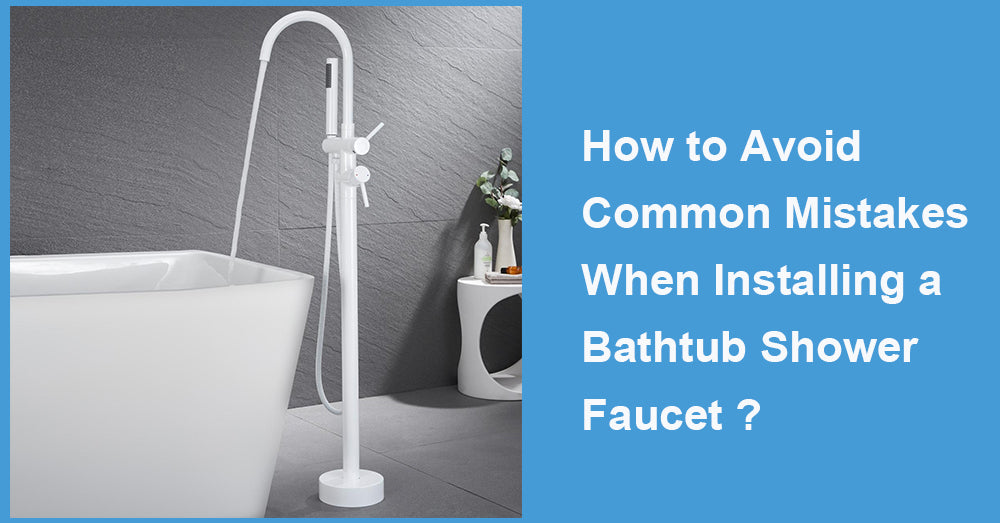
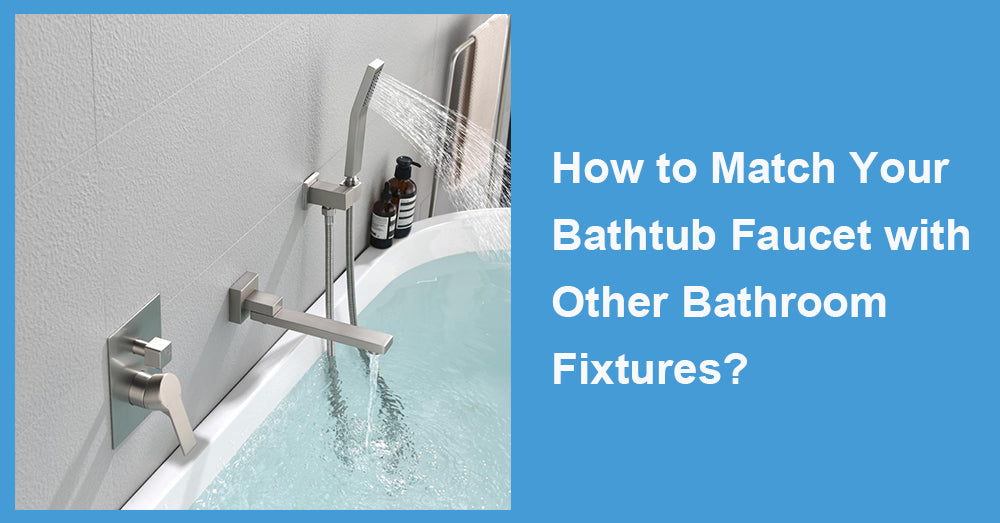
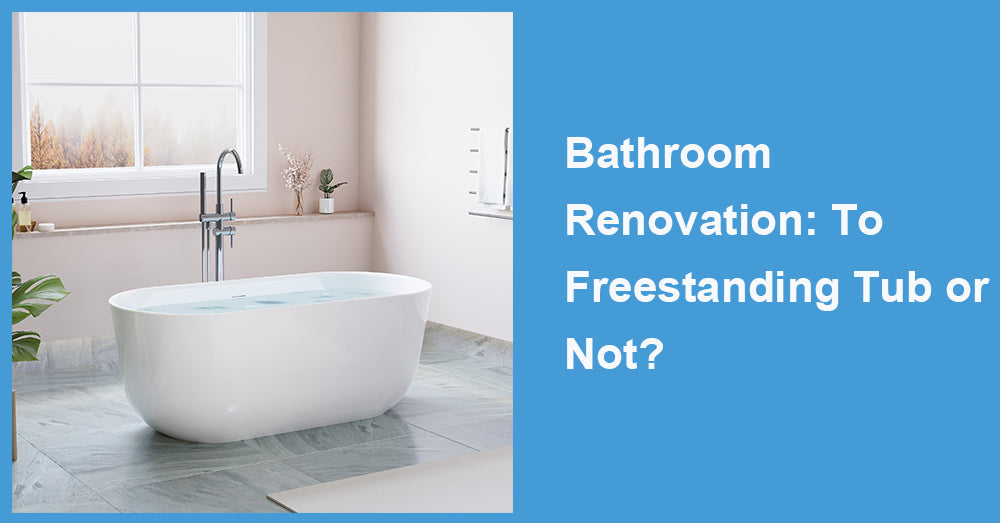
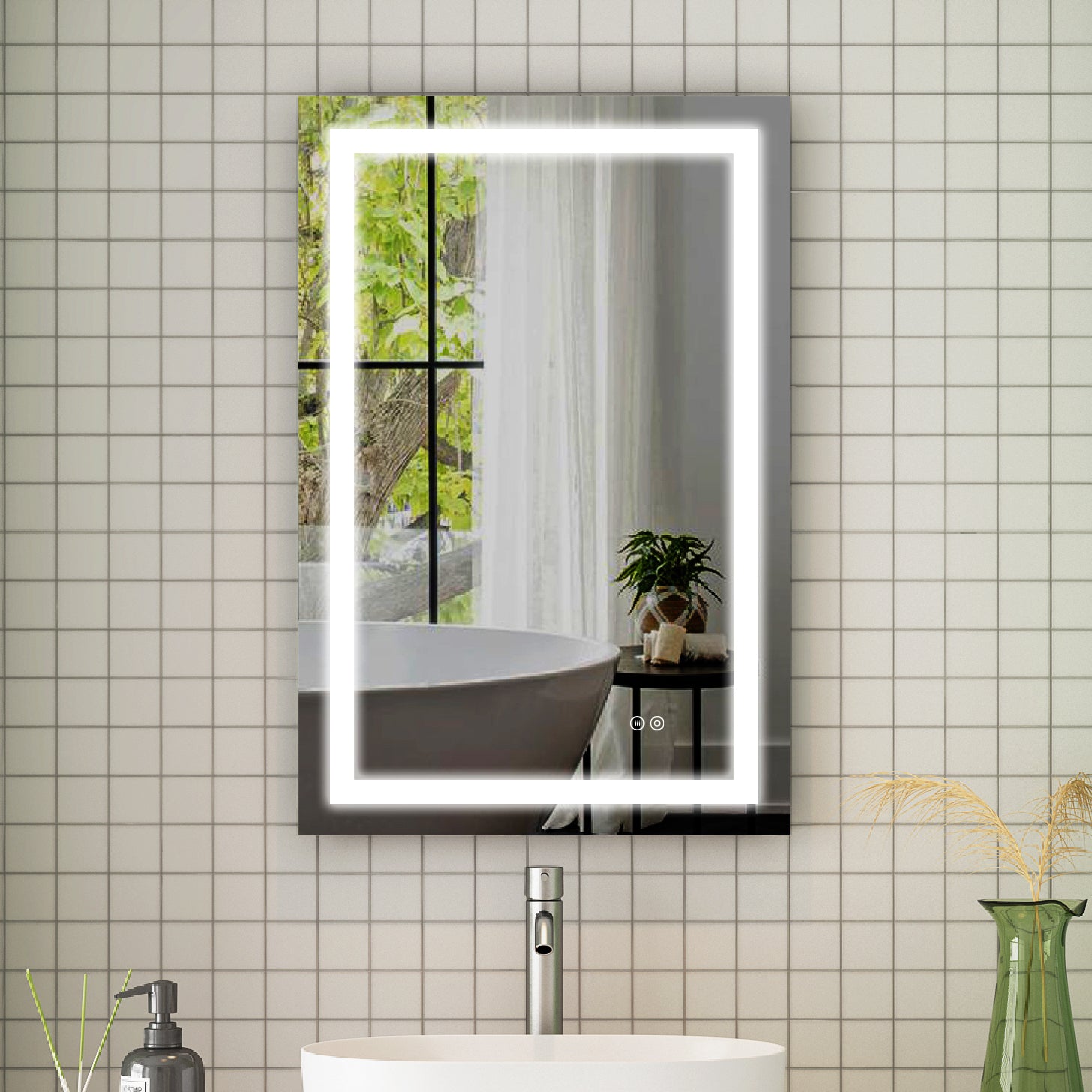
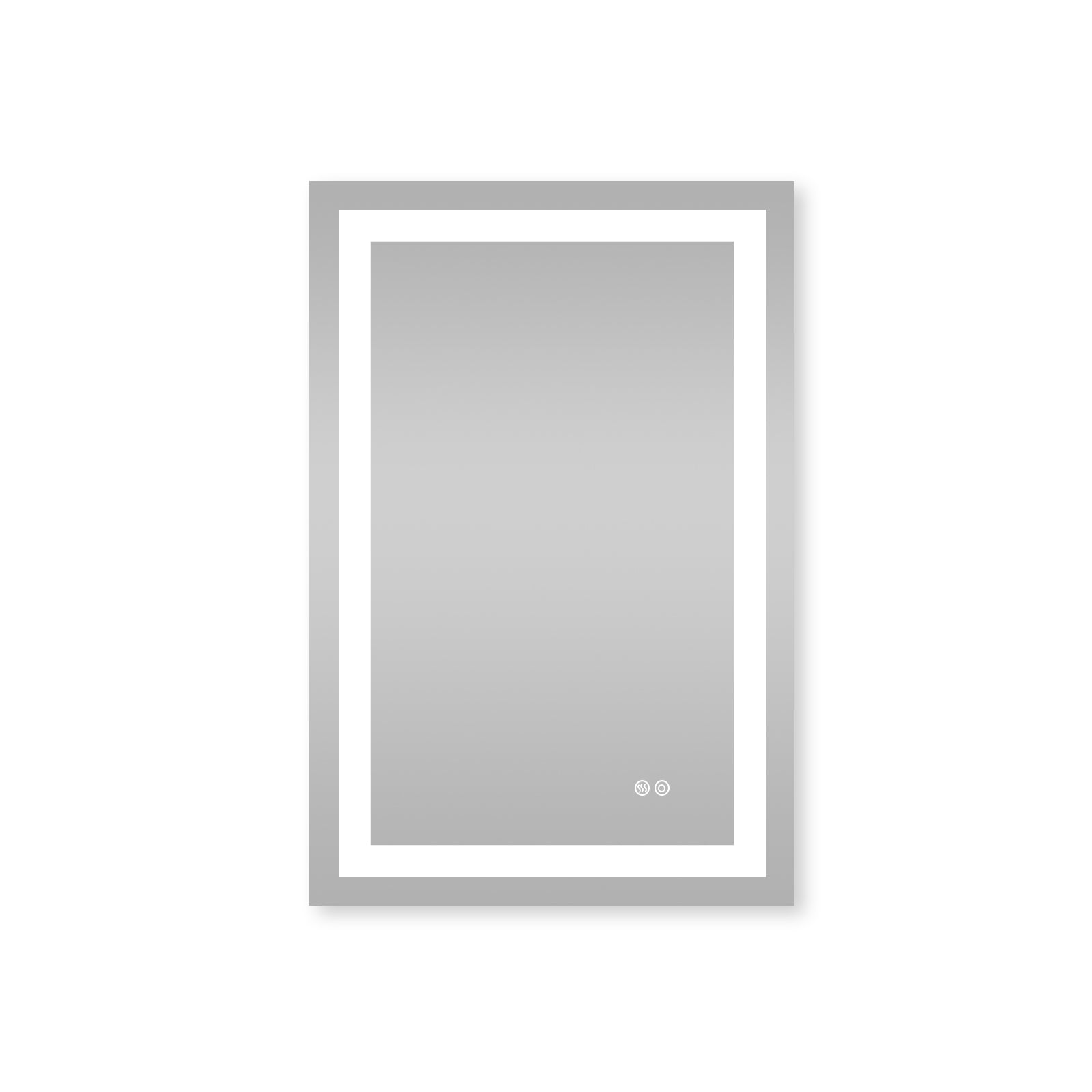
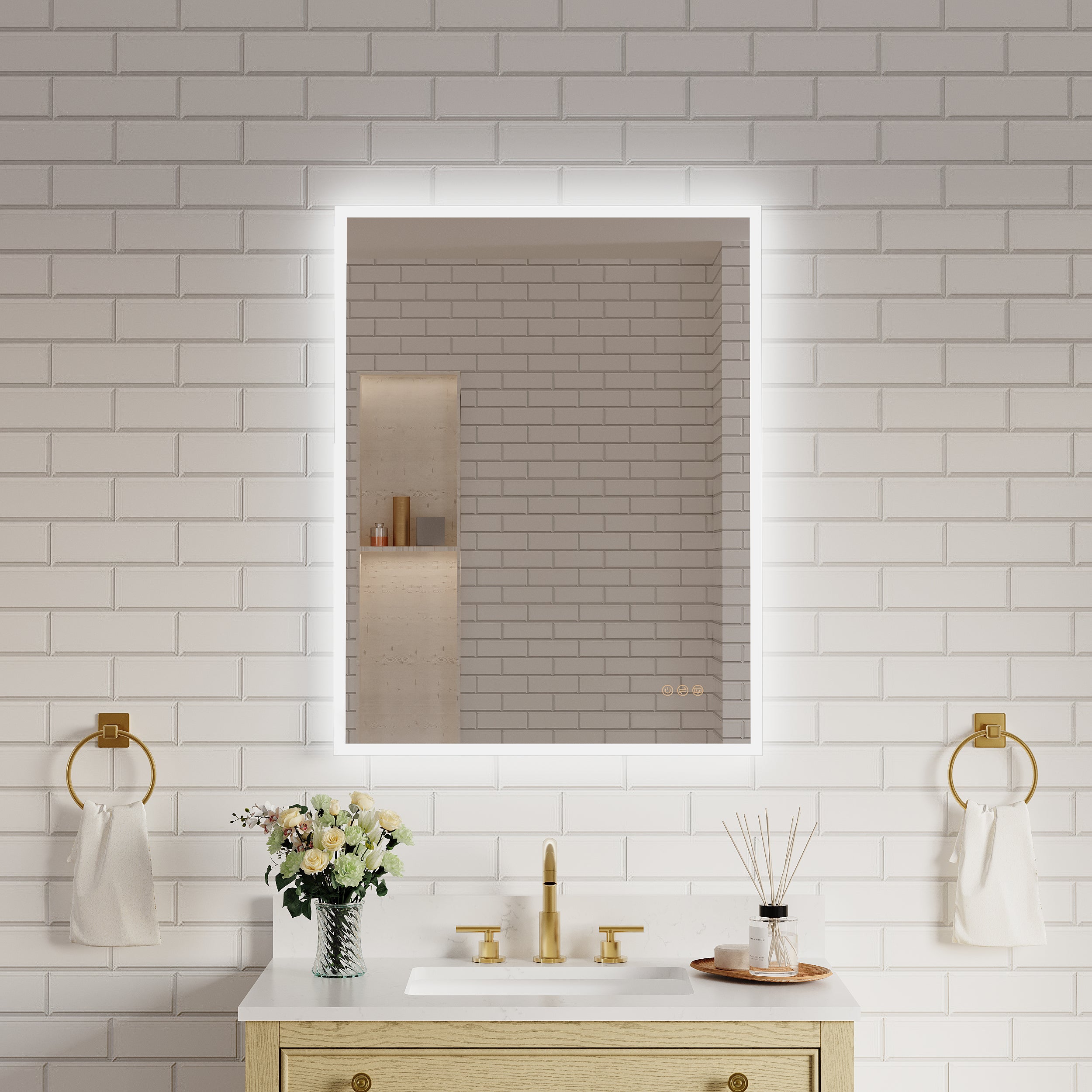

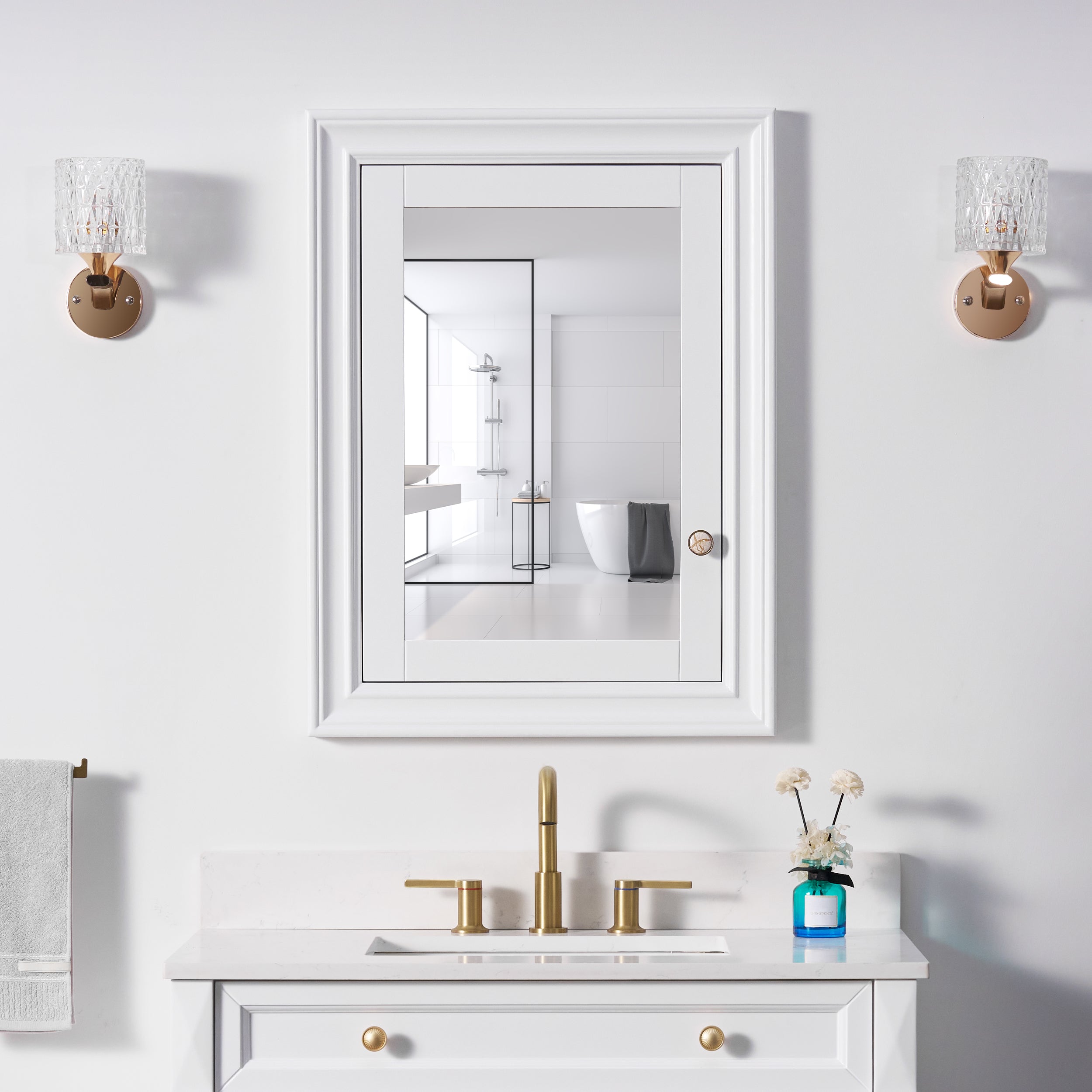
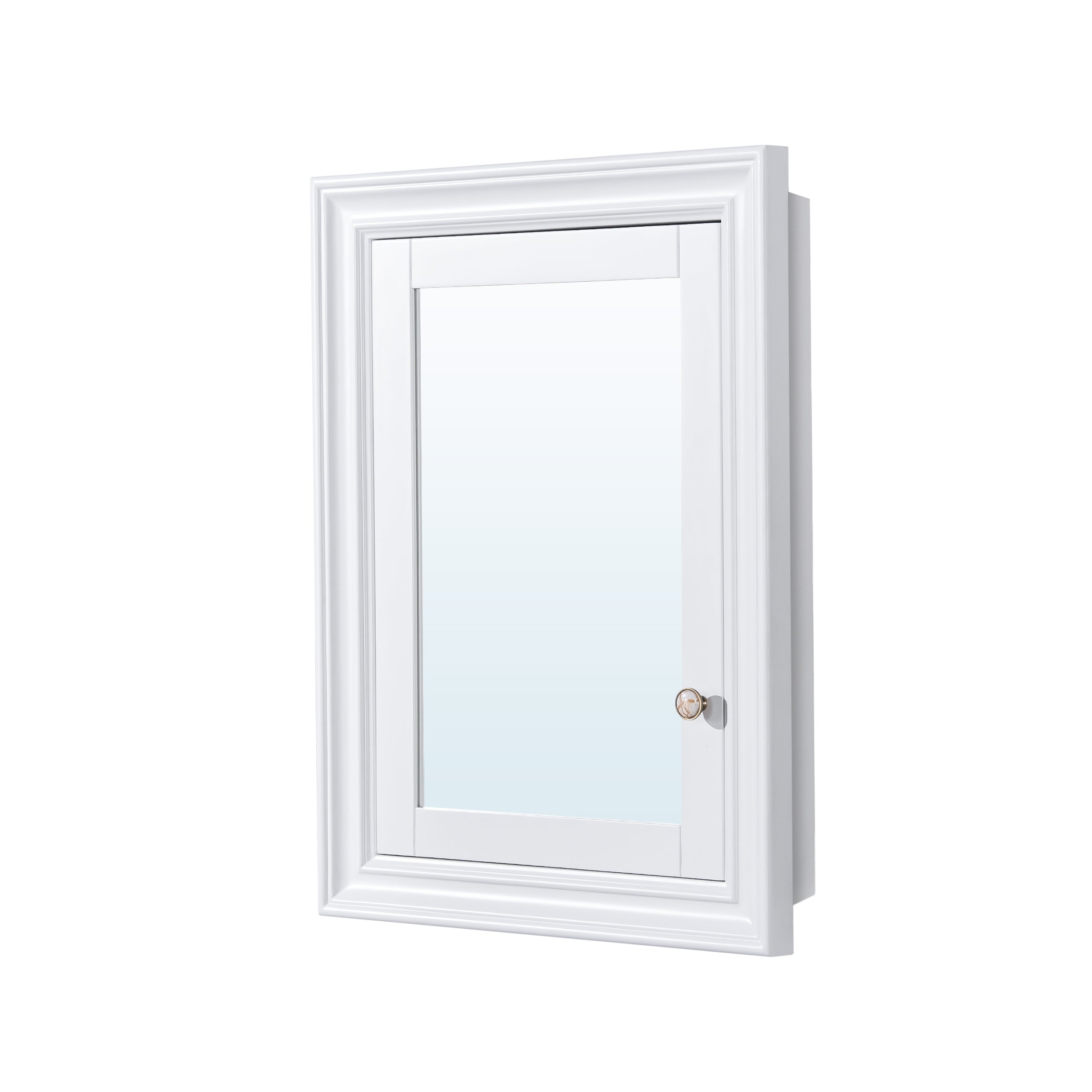
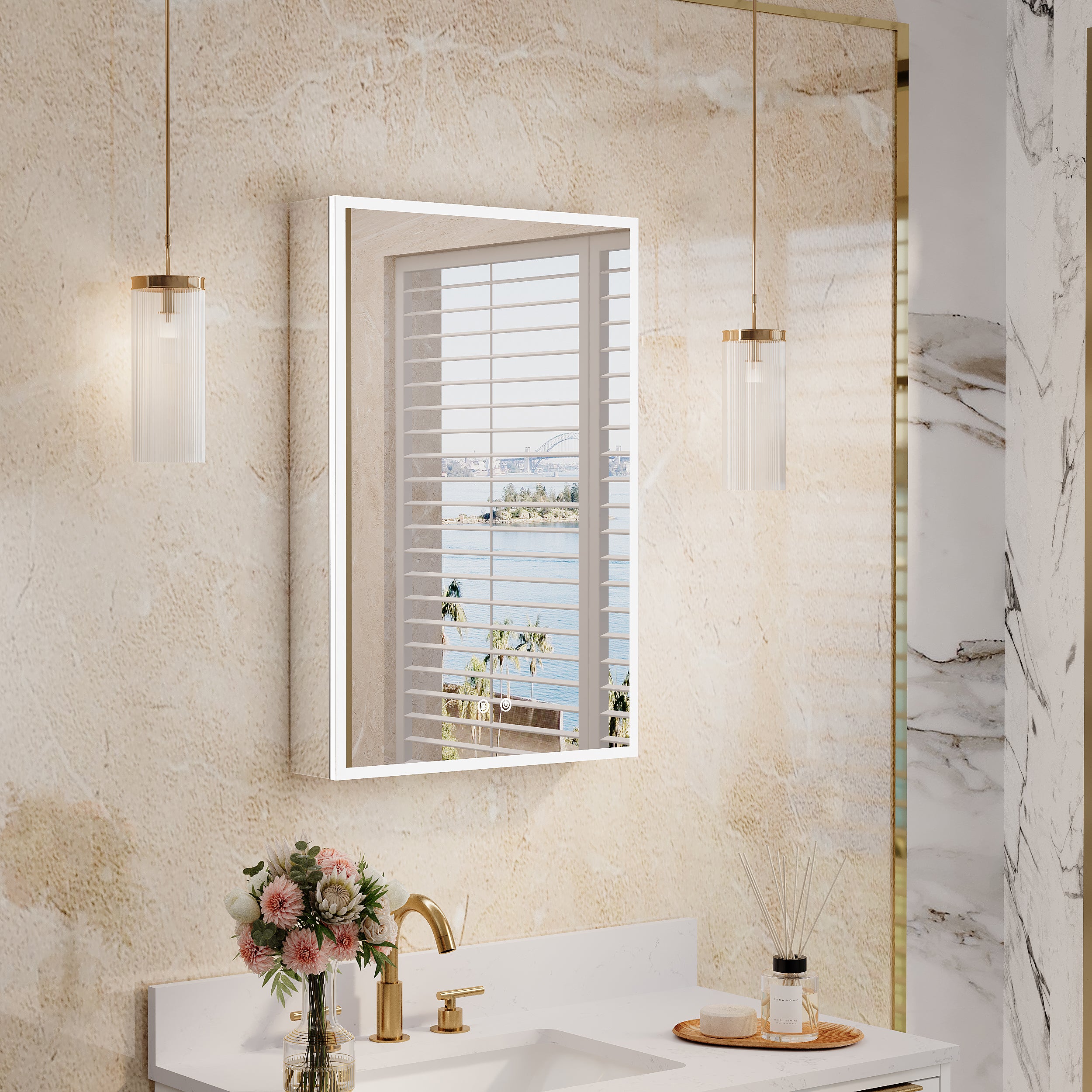
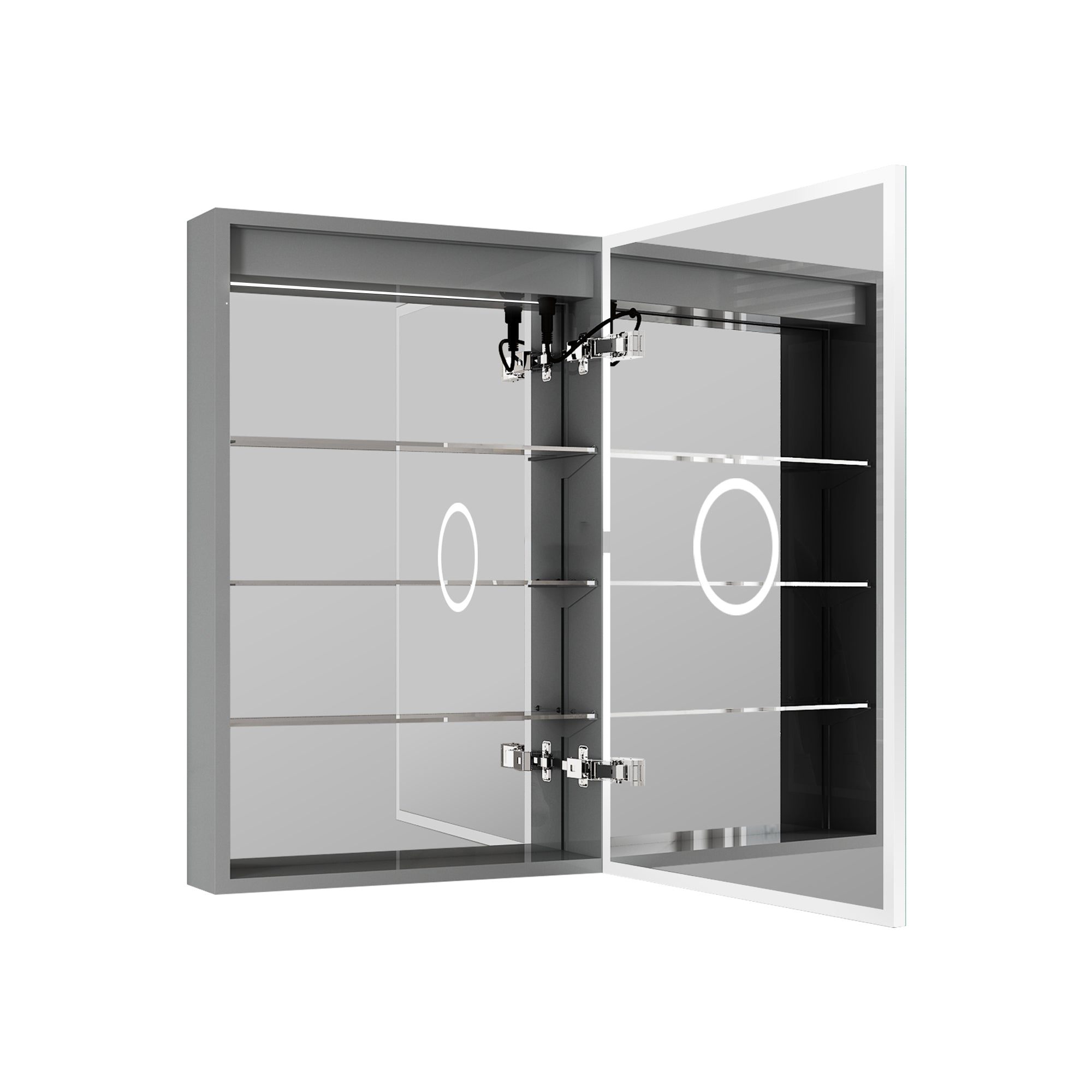
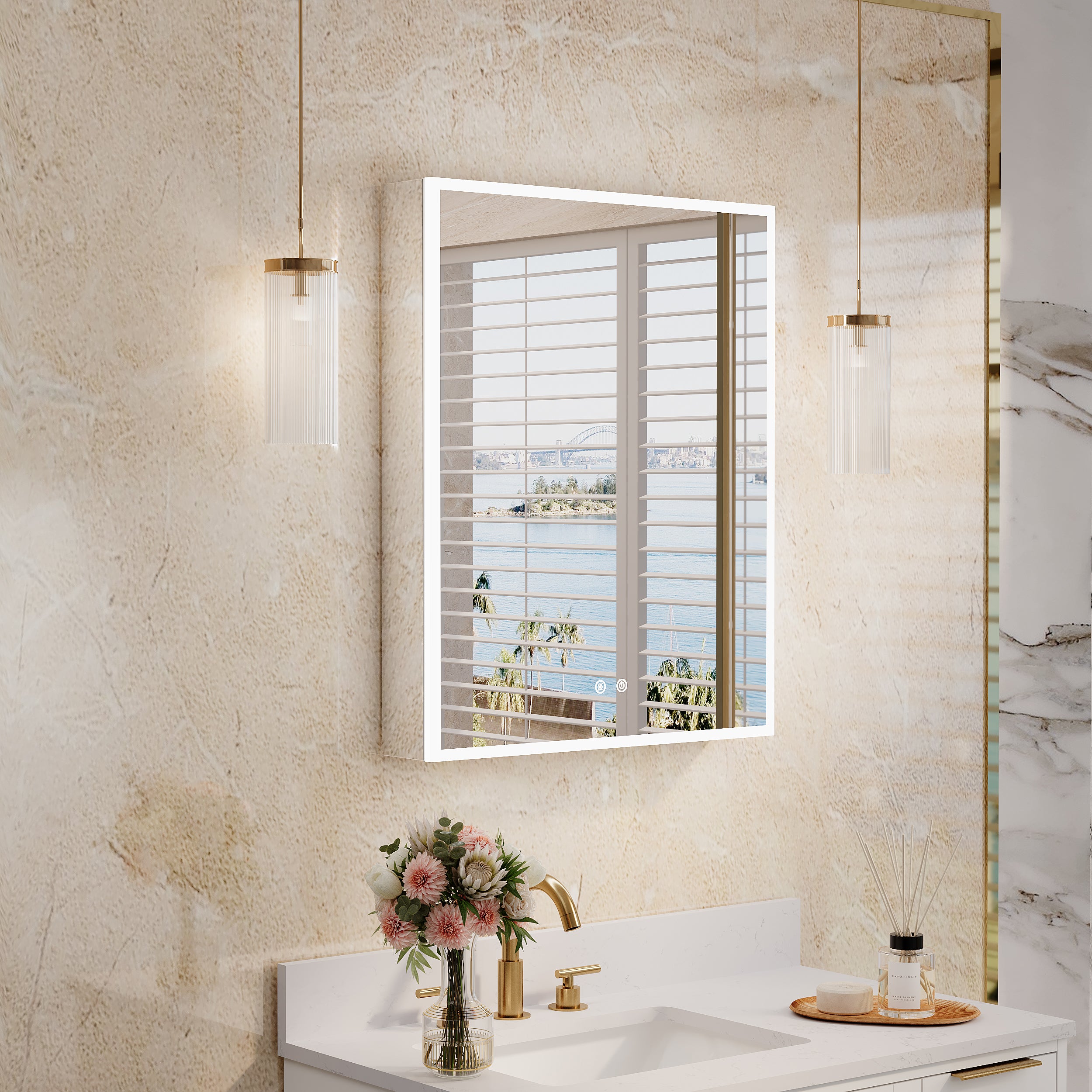
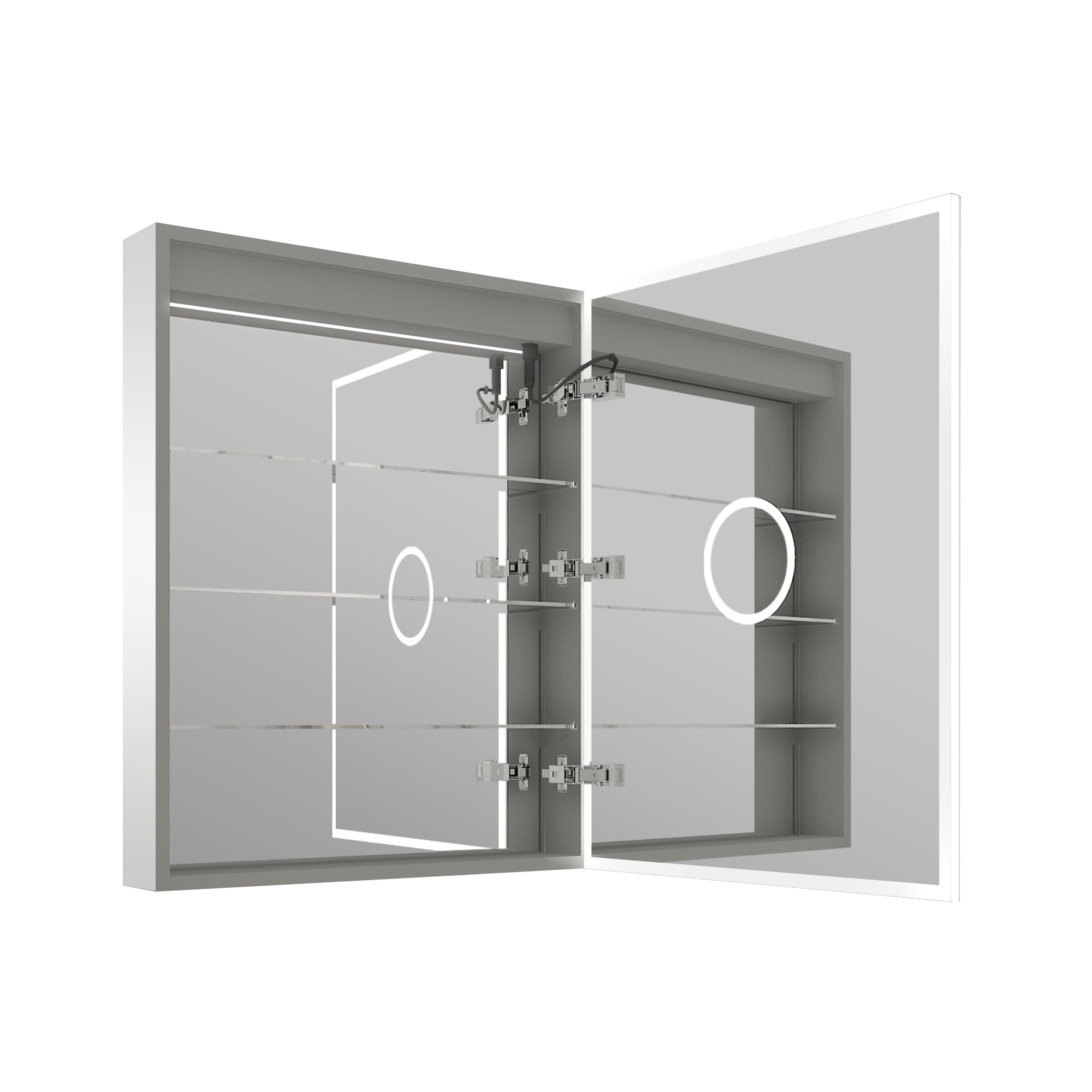
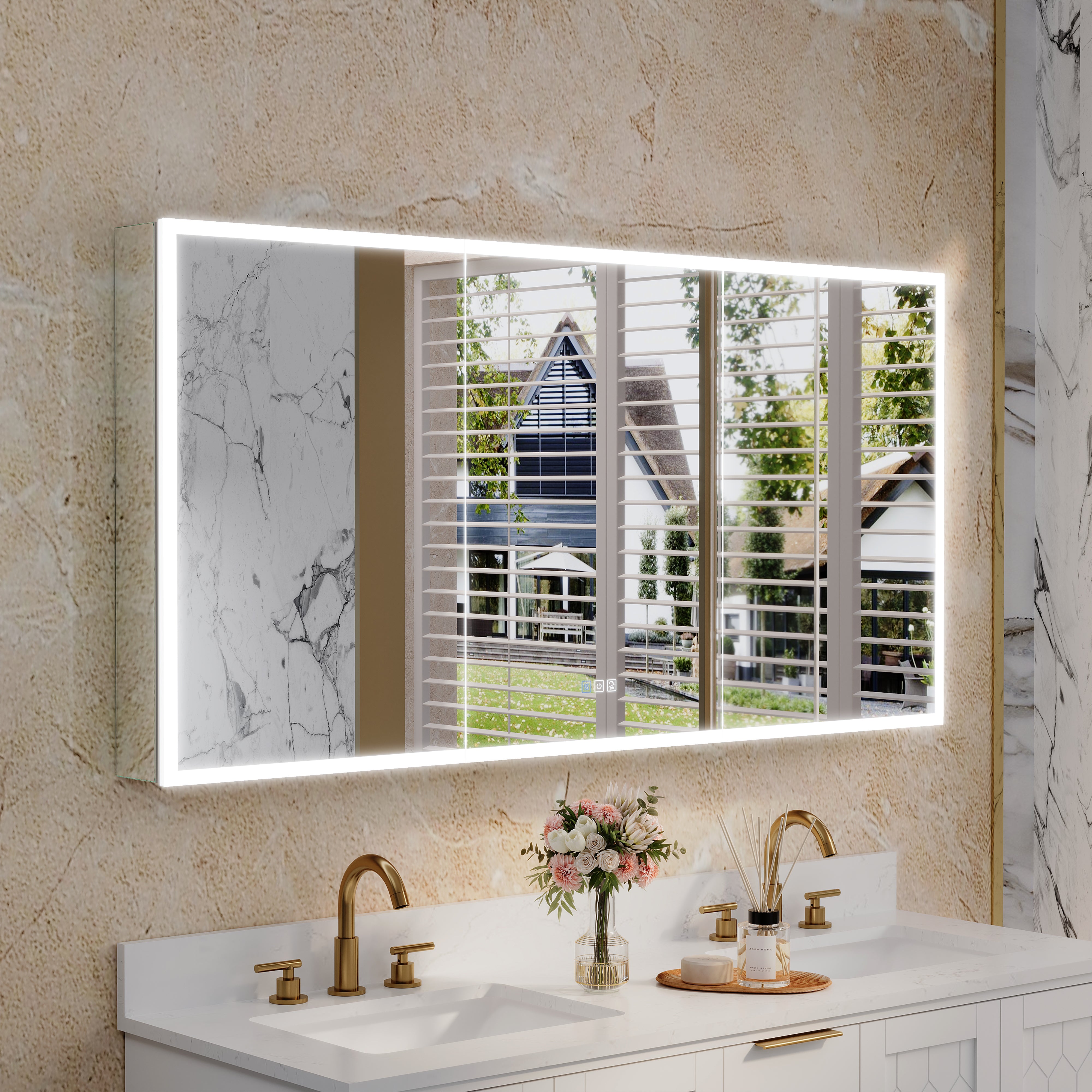
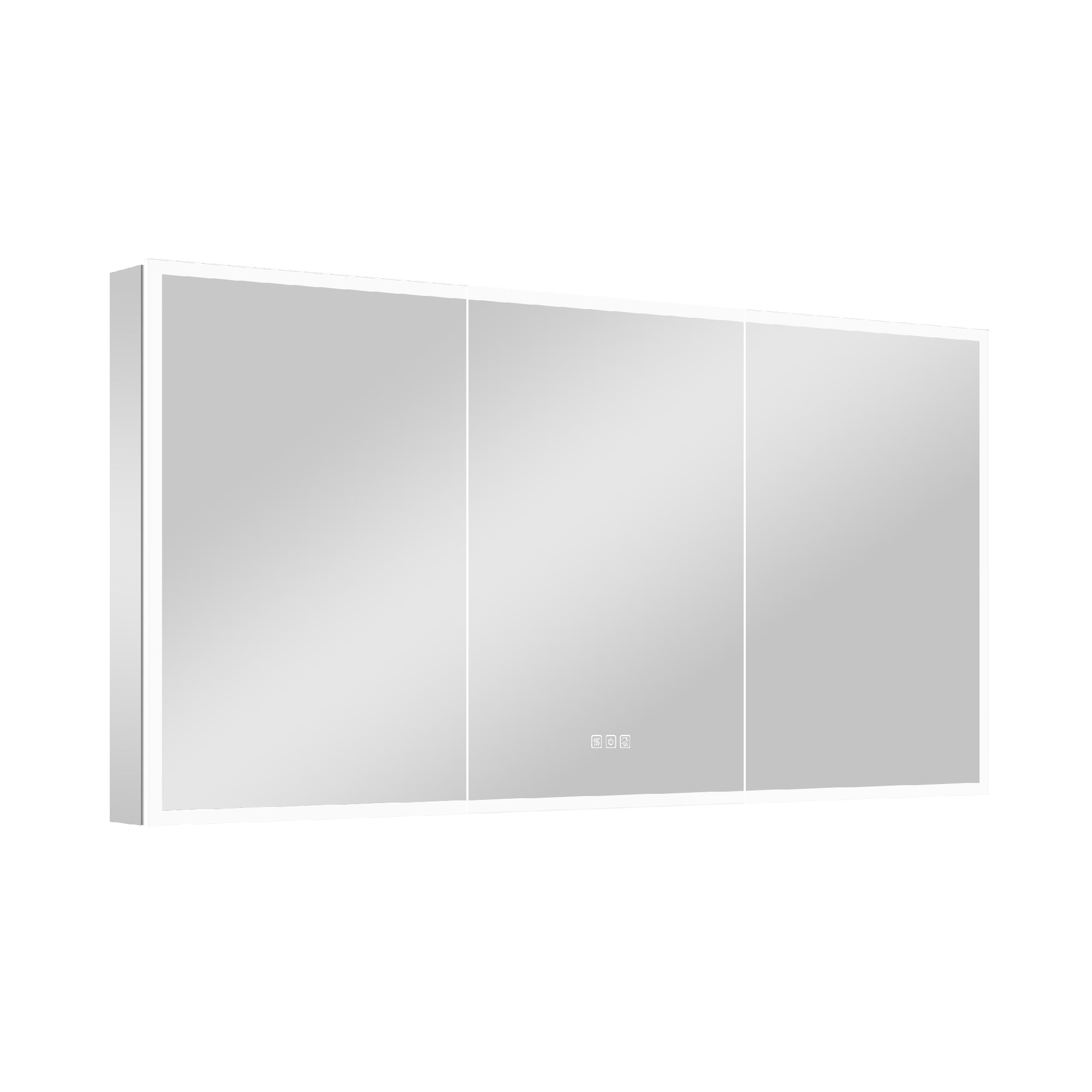
Leave a comment
This site is protected by hCaptcha and the hCaptcha Privacy Policy and Terms of Service apply.